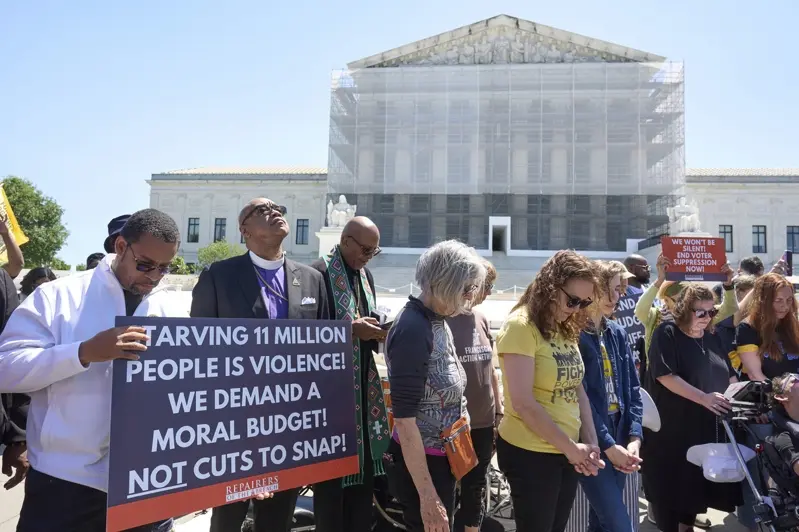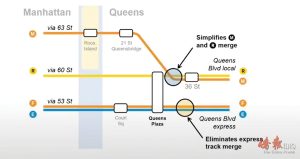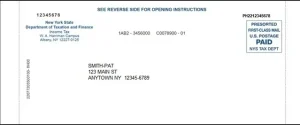After cutting food stamps, Trump administration halts hunger report, citing misinformation
On the 20th, the Trump administration announced the end of its annual report on hunger in the United States, “Household Food Security in the United States,” calling it overly politicized and filled with misinformation. Meanwhile, states are struggling to fund welfare assistance.
![]()

On the 20th, the Trump administration announced the end of its annual report on hunger in the United States, “Household Food Security in the United States,” calling it overly politicized and filled with misinformation. Meanwhile, states are struggling to fund welfare assistance.
The “Big, Beautiful Act,” signed by President Trump in July, will cut the Supplemental Nutrition Assistance Program (SNAP) budget by $187 billion over the next decade. This will result in an estimated 4 million people, or 10% of current food stamp recipients, losing eligibility.
The New York Times reported that the report, published by the Department of Agriculture since 1995, stemmed in part from President Reagan’s comments in the 1980s questioning the existence of hunger in the United States.
The latest 2023 report found that 13.5% of households, or 47 million people, face food insecurity, meaning that not every member of a household has access to enough food to stay healthy throughout the year.
The report also counts the percentage of households classified as “food insecure” and “very low food secure.” The latter category, with 5.1% of households in 2023, is more urgent, with rates significantly higher for African American and Latino households than for white households.
A press release on the 20th stated that the final report, the 2024 annual report, will be released on October 22nd. The Department of Agriculture also claimed that “the data collection questions are entirely subjective and fail to capture the true state of food security. These data are riddled with bias and inaccuracies… Under the Trump Administration, we are experiencing declining poverty rates, rising wages, and job growth.” The report was criticized for its “complete lack of accountability and its use as a tool to promote larger government programs.”
Under the new law, starting in 2028, states with an error rate exceeding 6% in administering food stamp benefits will be required to contribute 5% to 15% of the budget. The higher the error rate, the higher the contribution, but states with higher error rates also have a longer grace period. Based on the error rate data for fiscal year 2024, only eight states will not be required to contribute.
The Congressional Budget Office (CBO) estimates that states will pay approximately $35 billion for the benefit between 2028 and 2034. Combined with a provision that increases states’ share of administrative costs from 50% to 75%, approximately two-thirds of states will see their annual share of food stamp costs increase by more than $100 million.
Some states are awaiting further guidance from the Department of Agriculture, while others have already taken action. For example, Colorado amended a ballot measure in late August to include funding for food stamps, which will go before voters in November. The proposal proposes taxing high-income earners to provide free school meals, with any excess revenue invested in food stamps.
![]()







